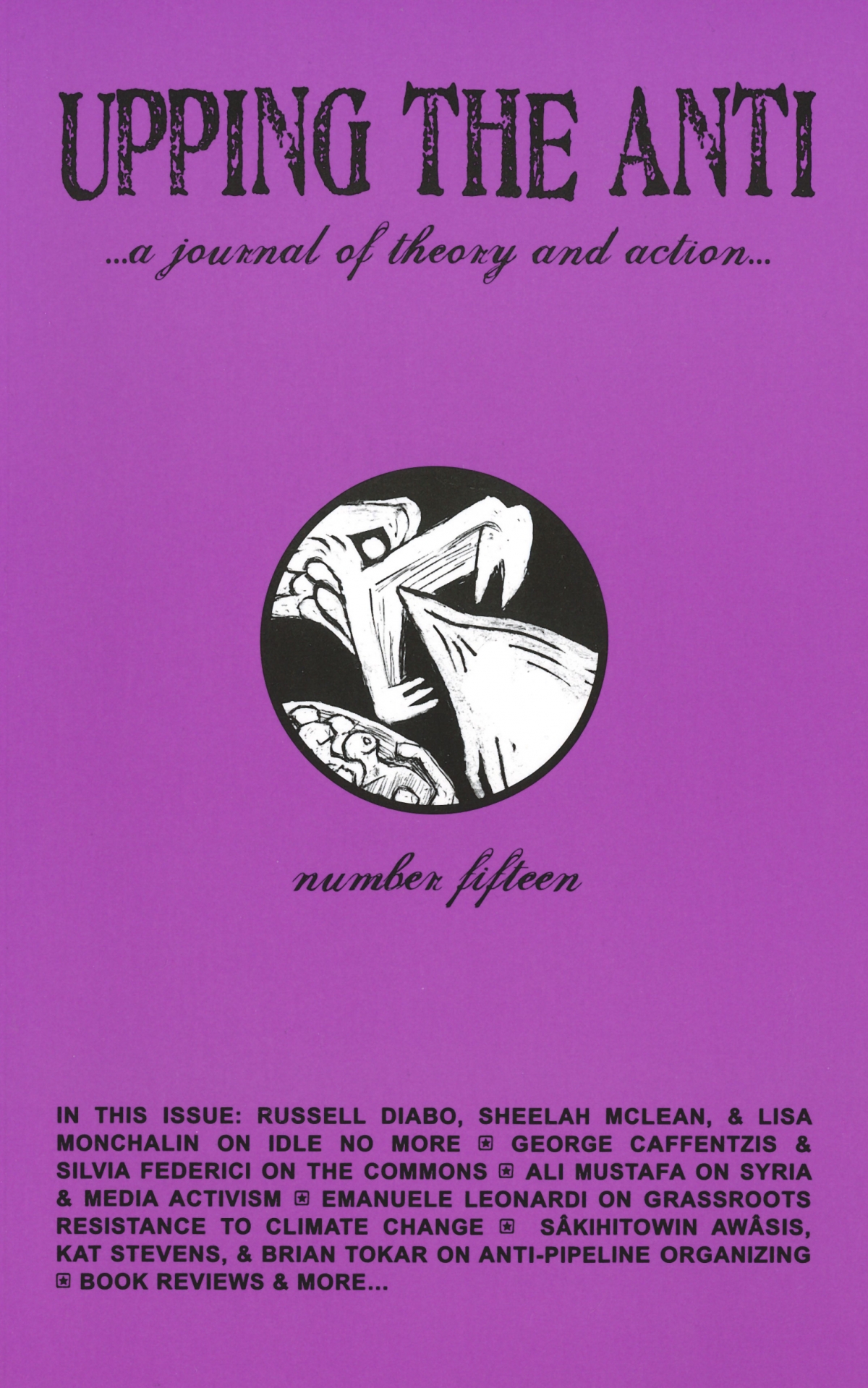From Idle No More to Indigenous Nationhood
The Canadian state, founded on colonization and genocide, has always faced diverse forms of resistance from Indigenous peoples. The Idle No More movement, which ignited in November 2012, was a convergence point for mobilization against ongoing colonial assaults by the Canadian state and corporations backed by state policy and police. It brought together established movements and struggles, mobilized new participants, and encouraged novel forms of political practice.
The urgency of Idle No More was fueled by hunger strikers and raised barricades. A massive wave of round dances and unique actions followed. At its height, Idle No More manifested a joy-filled cultural and spiritual resurgence: a defiant fusion of new and traditional creative expression that reverberated powerfully through social media outlets and sparked global solidarity.
The following interviews, conducted by PJ Lilley and Jeff Shantz in June 2013, bring together movement organizers who share insight from their unique perspectives as educators.
Russell Diabo is a member of the Mohawk Nation at Kahnawake, Québec. An experienced policy analyst, Russell worked as an adviser to the Algonquins of Barriere Lake. He was a founding member of the Defenders of the Land Network and is an editor of the First Nations Strategic Bulletin.
Sheelah McLean is a third generation white settler from Treaty 6 and co-founder of Idle No More. Sheelah is an instructor, activist, and PhD student in anti-racist, anti-colonial education with a focus on integrated anti-racist policy and praxis.
Lisa Monchalin is of Algonquin, Métis, and Huron heritage. She currently lives in Surrey, BC where she teaches in the Criminology Department at Kwantlen Polytechnic University. She is passionate about reducing crime and injustice impacting Aboriginal peoples and writes about these issues. In addition to participating in several Idle No More rallies, she was also an invited presenter at an INM teach-in at KPU, where she spoke on the “Interpretation of Aboriginal Treaties: The Royal Proclamation and Treaty of Niagara.”
To read this roundtable in full, purchase Issue 15 here.

